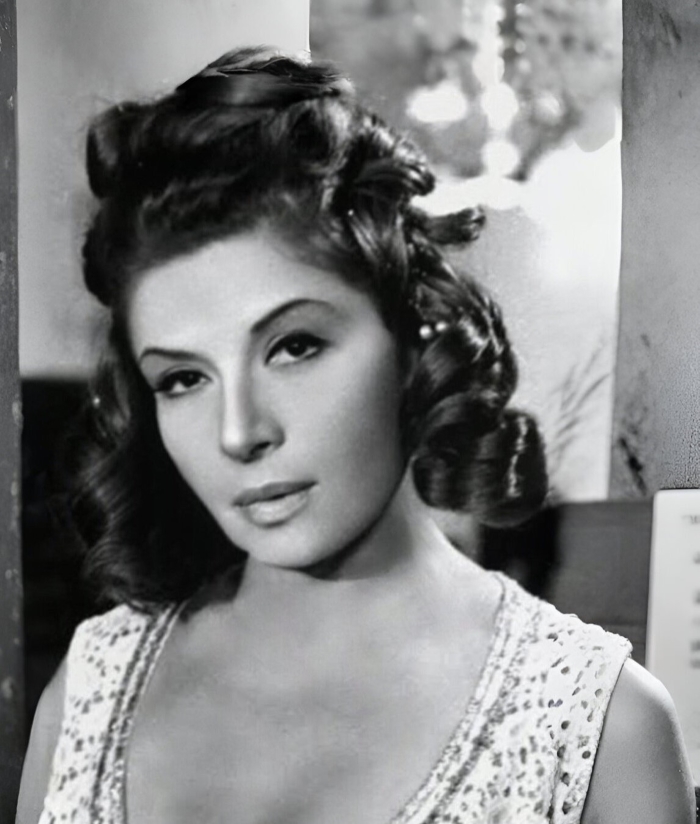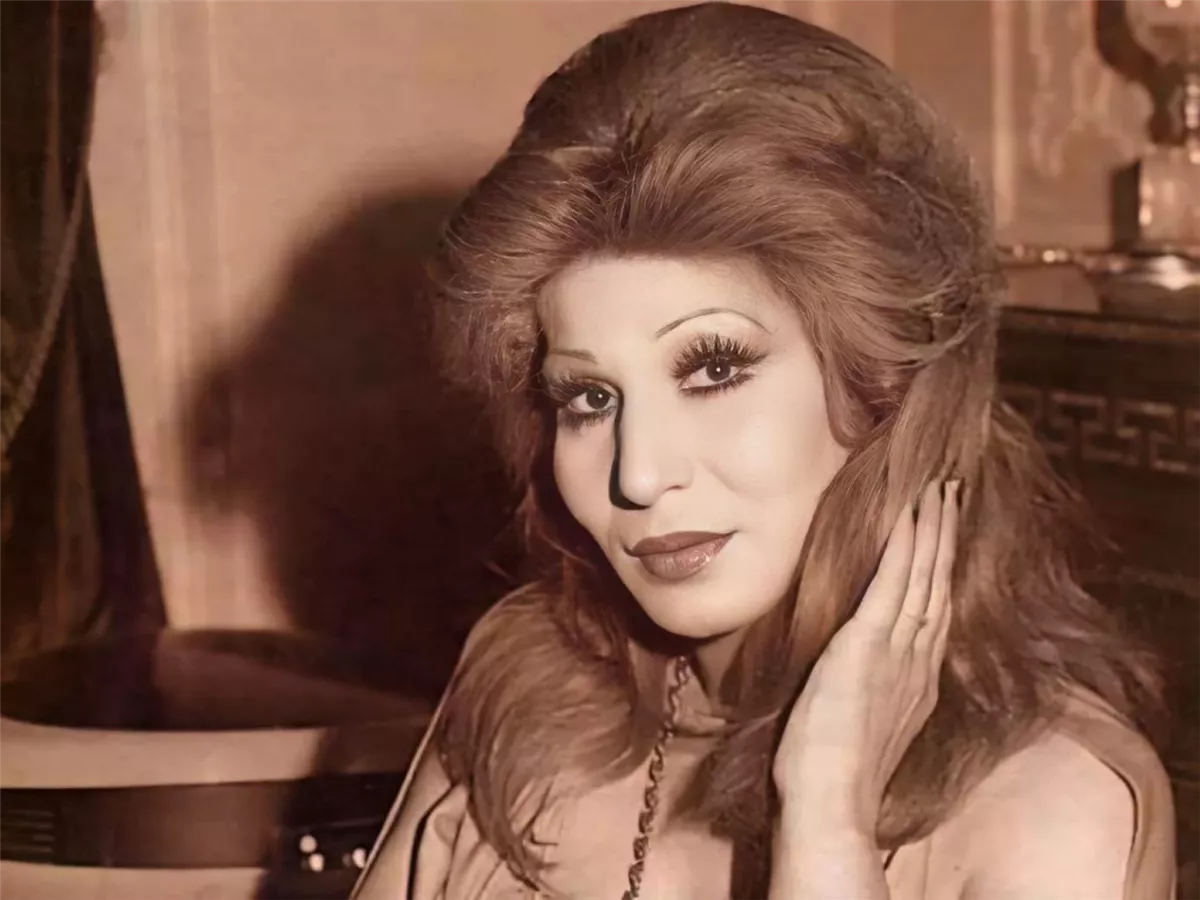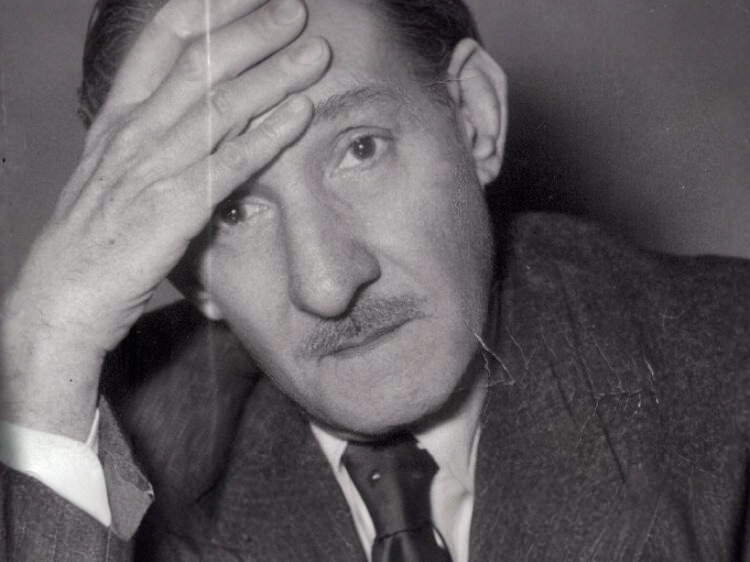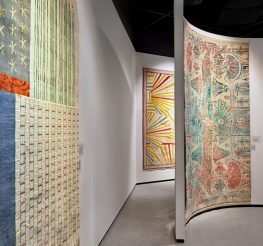The Lived Here Project: Garden City’s Cultural Pioneers
garden city Lived Here Project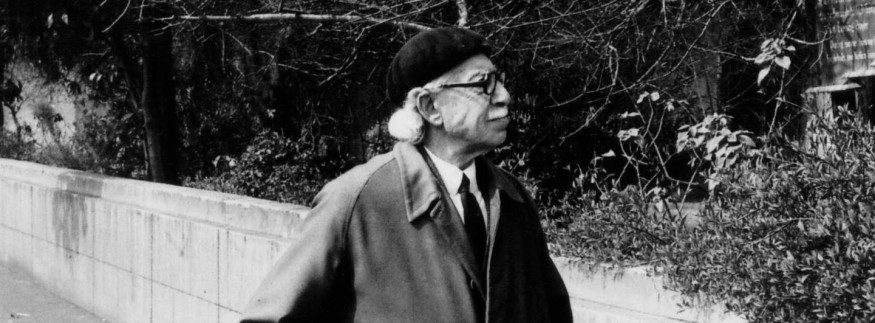
Sarah Francis
Nestled along the Nile’s picturesque banks, Garden City has long been a haven for Egypt’s artistic and cultural elite. With its historic charm and vibrant intellectual spirit, this elegant district has been home to some of the most influential figures in Arabic literature, theatre, music, and cinema. Through the Lived Here initiative by the National Organisation for Urban Harmony, the residences of these luminaries are adorned with plaques that commemorate their remarkable contributions. Each plaque is a gateway to an interactive digital archive, offering a deeper connection to the lives and legacies of these cultural giants.
In this fifth article of the Lived Here series, Cairo 360 celebrates the icons who graced Garden City with their creativity and vision. We spotlight the lives of pioneers whose homes became epicentres of artistic innovation and whose works continue to inspire generations.
1- Ahmed Tawfik (1930 – 2005)
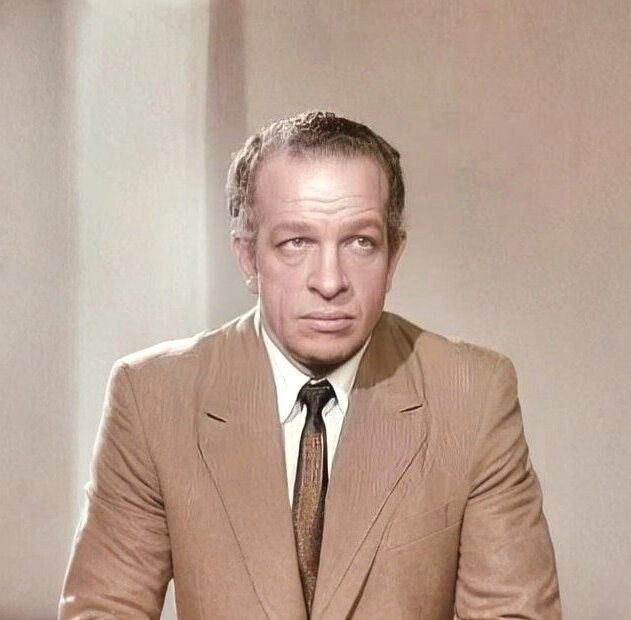
Image via El Cinema
Ahmed Tawfik, born Ahmed Mahmoud Tawfik on October 15, 1930, was a distinguished Egyptian actor and director whose talent spanned cinema, television, and theatre. He lived at 1071 Corniche El-Nile Street, Garden City, a residence that reflected his close ties to the cultural heart of the city. A top graduate of the Higher Institute of Theatrical Arts, Tawfik also earned degrees in Law and Literature. Discovered by director Salah Abu Seif, he made his cinematic debut in La Waqt Lil-Hobb and later gained acclaim with Cairo 30. As a director, his dedication was evident when he completed the series Al-Soqout Fi Beer Sabaa after the passing of Nour El-Demerdash, ensuring the late director’s name remained solely credited.
Tawfik also directed the religious series Al-Awda Ila Al-Quds without compensation, highlighting his commitment to meaningful art. His acting roles included iconic films such as Something of Fear, Chitchat on the Nile, and The Captain, while his directorial credits included beloved television series like Lan Aeesh Fi Gelbab Abi and Haroun Al-Rasheed. His home in Garden City symbolised the integrity and dedication that defined his career, earning him a State Incentive Award and lasting recognition in Egyptian arts.
2- Sanaa Gamil (1930 – 2002)
Image via Wikipedia
Born Thoraya Youssef Attallah on April 27, 1930, in Mallawi, Minya, Sanaa Gamil was a celebrated Egyptian actor known for her powerful performances in cinema, theatre, and television. She lived at Building 6, Directorate of Liberation Street, Garden City, a location that resonated with her artistic and cultural pursuits. A graduate of the Higher Institute of Theatrical Arts in 1953, she began her career with the Fatouh Nashaty Theater Troupe. While she appeared in several films during the 1950s, her breakthrough role came as Nafisa in Bidaya wa Nihaya, cementing her place as a distinguished actress.
Her filmography includes iconic works like The Second Wife, Back Streets, and Laugh, The Picture Will Come Out Beautiful. On television, she captivated audiences with series such as El Raya El Beida and Khali Safeya Wal Dayr, and on stage, she shone in plays like Macbeth and Saqoot Far’oun. Recognised with the Medal of Science and Arts in 1967 and honoured by the National Film Festival in 1998, her Garden City home symbolised her legacy as a pioneer in Egyptian arts.
3- Fayza Ahmed (1934 – 1983)
Image via Al Ayam Al Masrya
Faiza Ahmed, born on December 5, 1934, to a Syrian father in Sidon, Lebanon, was a celebrated singer and actor who left a lasting legacy in Arabic music and cinema. She lived at 1103 Corniche El-Nile, Garden City, Cairo, a home symbolising her artistic journey and connection to Egypt’s vibrant music scene. After her family moved to Damascus, Faiza pursued her passion for music despite early setbacks. Her breakthrough came in Aleppo, where she gained recognition through Radio Aleppo before returning to Damascus to continue her rise.
Trained by composer Mohamed Al-Naami, she later collaborated with prominent figures such as Iraqi musician Rida Ali and Egyptian composer Mohamed El-Mougy, with whom she established a distinctive musical style. Faiza’s iconic songs include Set El Habayeb, Ana Albi Ilik Miyal, and Ahebbou Kthiran, featuring lyrics by renowned poets and compositions by legends like Mohamed Abdel Wahab and her husband, Mohamed Sultan. She also appeared in films such as Ana Wa Banati, making her one of the most beloved voices of her era. Her residence in Garden City became a reflection of her pivotal role in shaping Arabic music.
4- Tawfik El-Hakim (1898 – 1987)
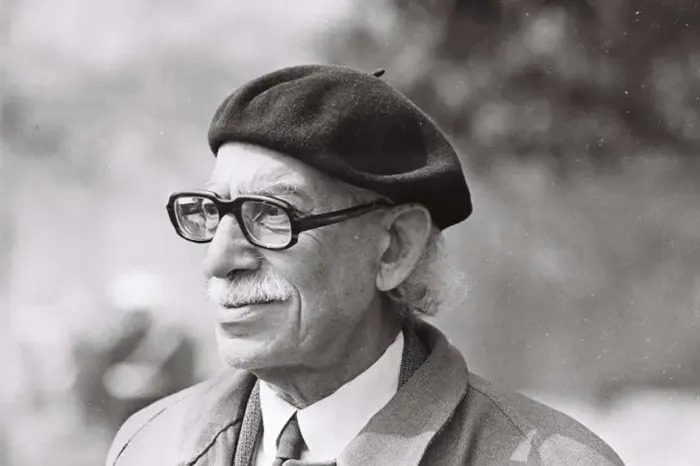
Image via Al Qahira News
Tawfik El-Hakim, born on October 9, 1898, in Alexandria to an Egyptian father and Turkish mother, was a towering figure in Arabic literature and drama. He lived at 1095 Corniche El-Nile, Garden City, Cairo, a residence reflecting his intellectual and cultural contributions. After earning his baccalaureate in 1921, he graduated from the Faculty of Law in 1925 and pursued doctoral studies in Paris from 1925 to 1928, although he did not complete them. His career spanned roles as a prosecutor, government official, director of Egypt’s National Library, and Egypt’s delegate to UNESCO in Paris.
El-Hakim’s literary works revolutionised Arabic theatre and narrative, with seminal novels such as Return of the Spirit, Diary of a Country Prosecutor, and Bird of the East, alongside iconic plays like The People of the Cave, Shahrazad, and King Oedipus. His essays and philosophical writings, including Return of Consciousness and Under the Sun of Thought, further cemented his status as a cultural luminary. A recipient of the Nile Collar and numerous other honours, his home in Garden City became synonymous with his enduring legacy as a pioneer of modern Arabic thought and literature.
5- Badei Khairy (1893- 1966)
Badei Khairy, born on August 18, 1893, in the Maghrablin district of Cairo, was a pioneering Egyptian playwright, poet, and lyricist who left a profound mark on Arabic theatre and cinema. He lived at 12 Aisha El-Taymouria Street, Garden City, Cairo, a hub of creativity that witnessed his prolific contributions. After graduating from the Teachers’ Institute in 1914, Khairy began writing plays and publishing classical poetry under the pseudonym “Ibn El-Nile.”
His partnership with Naguib El-Rihani in 1918 marked a turning point, as he wrote iconic plays and revues such as Ala Kefak. Alongside composer Sayed Darwish, the trio created revolutionary operettas that echoed the spirit of the 1919 revolution. Khairy’s legacy includes over 100 plays, including Ama Hetta Warta and Salafni Hematak, as well as dialogues for around 60 films. He also founded influential cultural magazines like Alf Sunf (1925) and El-Naharda (1930). As the father of comedian Adel Khairy, he passed his artistic legacy to a new generation. His Garden City home remains a testament to his enduring impact on Egyptian arts and culture until his death on February 1, 1966.
recommended
 Restaurants
Restaurants
Where to Eat the Best Egyptian Meals: Top Restaurants for Egyptian Cuisine
Bebo Egyptian food +4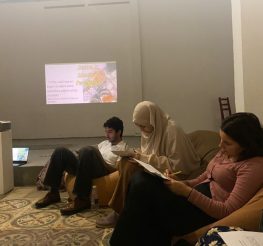 Arts & Culture
Arts & Culture


